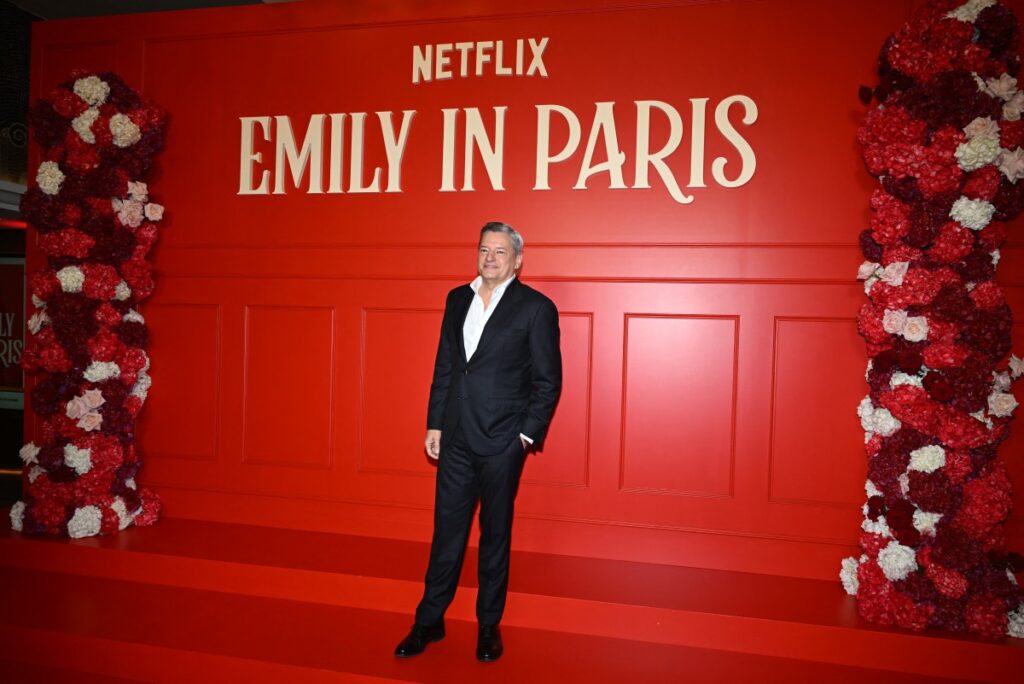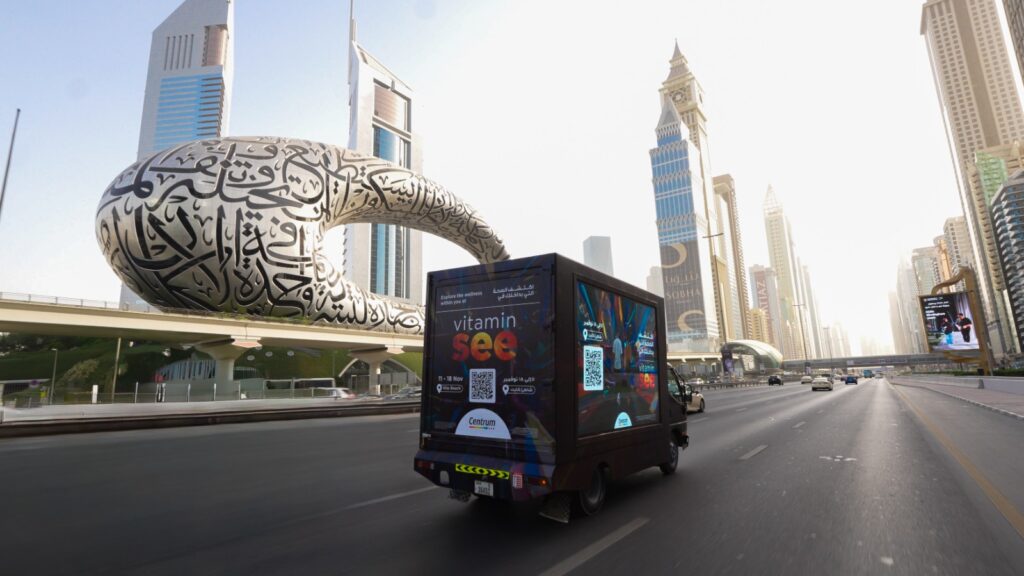“SHOPPERS WANTED!” Have you ever come across a hoarding or an advertisement like this? Well, this is the underlying message behind every brand’s marketing campaign. There’s nothing wrong about it; every brand is determined to get that one customer, but doesn’t want to be perceived as needy. So what connects a brand with its target group? What influences people to indulge in shopping? What inspires shopaholics to fall for impulsive buying? Undoubtedly, marketing strategies.
People who love shopping are a marketer’s delight, especially the impulsive buyers. While many psychological facets drive store-stoppers, there are many factors that prompt impulsive buying behavior such as age, gender, size of the store, packaging of the products, alluring window displays, creative advertising and tactical promotional offers.
Hitherto, needs triggered shopping, little did I realize that it has grown to become a hobby for many. It is observed that individuals with high disposable income are more inclined toward impulsive buying. In fact, more than 40 percent of consumer spending is impulsive buying. But, who dictates the pulse in ‘impulsive’ buying? There are numerous factors.
Human emotions
Impulsive buying behavior is linked to emotional arousal. We are prone to rely on our feelings while shopping, collapsing our cognitive evaluations instantly. For instance, if someone were in a good state of mind, he or she would prefer products that would make him/her feel better about himself/herself. But if someone’s mood were bad, he/she would prefer products that would calm him/her and help to overcome the sadness within.
The old adage that reads ‘money can’t buy happiness’ is possibly a sham. Because, a report suggests that 75 percent of people feel happier after impulsive buying. Marketers should leave no stone unturned when it comes to strategies and present it with subtle emotional appeals. People connect to such emotions and this is what leads to impulsive buying.
Great marketing pullers
Oh come on! No! Really? You got to be kidding me. Oh Gosh! This is just unbelievable! These are a few reactions that brands evoke in us with their alluring offers and schemes. Brands channelize innovative strategies to woo customers. These days, every outlet has a loyalty reward card that customers can use and benefit from. Whenever a new collection is launched, these card-owners get a notification about a special preview before others. And if reward points are also accumulated, the shoppers have one more reason to indulge impromptu.
There are many ways marketers capitalize on creating a need. Those kiosks in the malls or in-store pave the way for the brands to run an offer-driven campaign: buy product A and get product B free. Purchase up to certain amount and get 30 percent off on your next bill. Rising temperatures, falling prices is a new way to communicate a SALE. Today’s special: flat 40 percent off.
Brands go all out to make us buy things that we never intend to buy at that point in time. Yes! The stores are put there for us to enjoy. It is recorded that 88 percent of impulse purchases are made during sale and that there are more women impulsive buyers than men.
Online convenience with tactical campaigns
With the advent of e-commerce and m-commerce, it has become more convenient for brands to reach out to its customers. This increases the possibility of impulsive buying. While browsing the net, if an amazing offer appears, one would surely at least check the offer. Everything is accessible in just a click.
Sometimes, brands make a smart move online. They will highlight ‘FREE DELIVERY’ and mention ‘only above AED 500’ in a tiny font. There are always ‘ifs and buts’, but we happily indulge because an offer is an offer after all.
In-store ambience
Stores across the world spend a lot on visual merchandising, interior designing and shelf organization. Marketers capitalize on the strengths of their marketing mix to clutch people’s attention. Sometimes, we might simply accompany our friends and relatives on their shopping spree. But the store’s impressive presentation, the way products are displayed and the kind of music played, will simply tempt us to reach for our wallet. When a shopper sees a particular product it dawns upon him/her that the stock for that product is about to be exhausted at home and hence purchases it. Sometimes after seeing a product, a sudden need arises for it. Basically, the bigger the store, the more will be the variety of products to be displayed, ultimately increasing the probability of impulsive buying. A study found that shoppers who react more positively to the store environment are more likely to buy something they weren’t planning on.
Through advertising and marketing strategies, brands weave a web of magic around us and capitalize on every bit of factors that lead us to the cash counter.
As a brand management consultant, I understand the challenges that stand before a brand to get recognized and chosen by consumers. Every offer and every initiative a brand sparks off, takes it a step closer to consumers. As a consumer, if a brand has a great offer, I feel “I must have it”. It’s the human desire to be ahead of the pact and grab something unique, underlined by the belief that “I deserve it” that dictates the pulse in impulsive buying. Having said all this, would you let the stethoscope of shopping rule your pulse or would you hold back?






